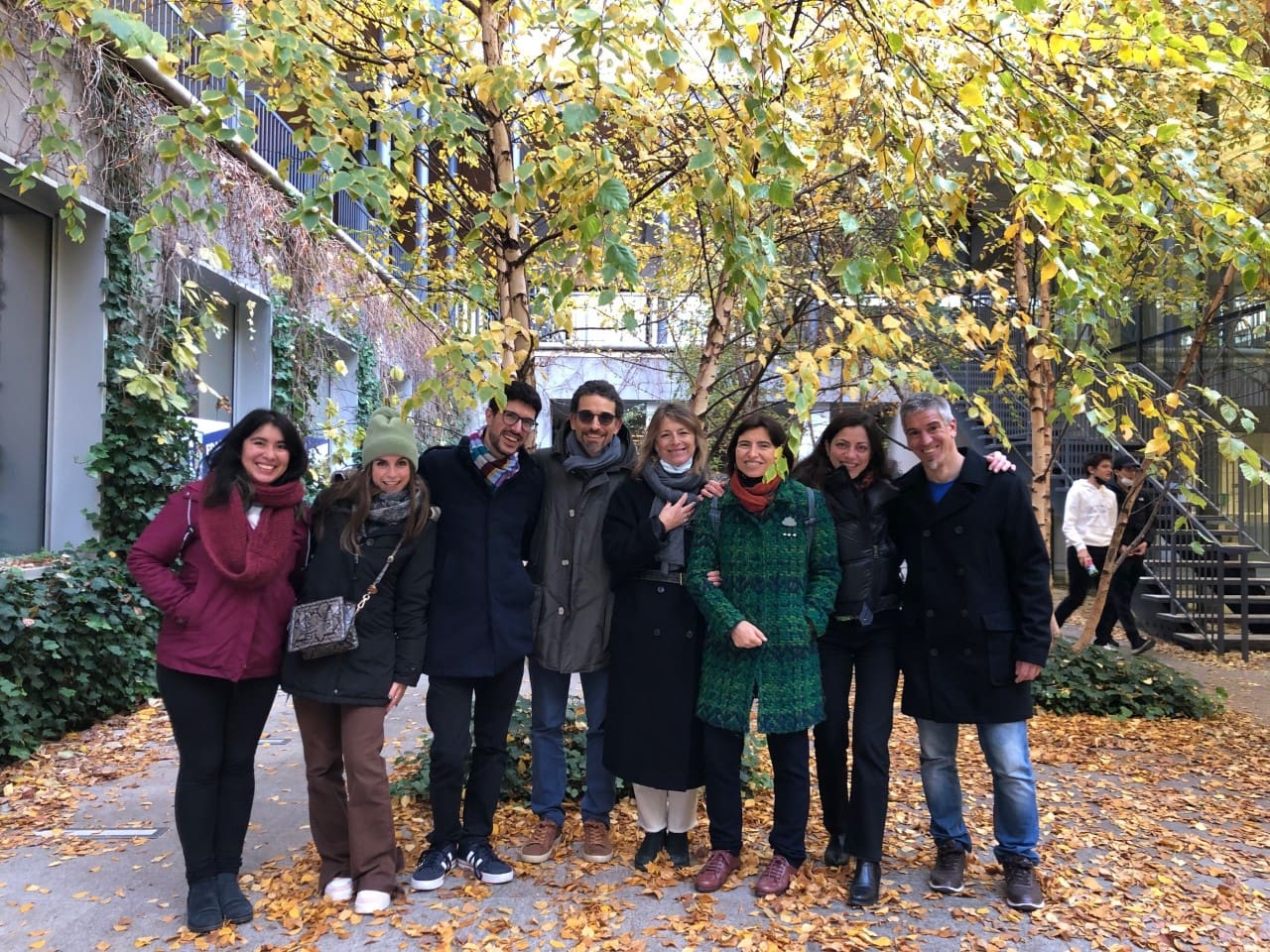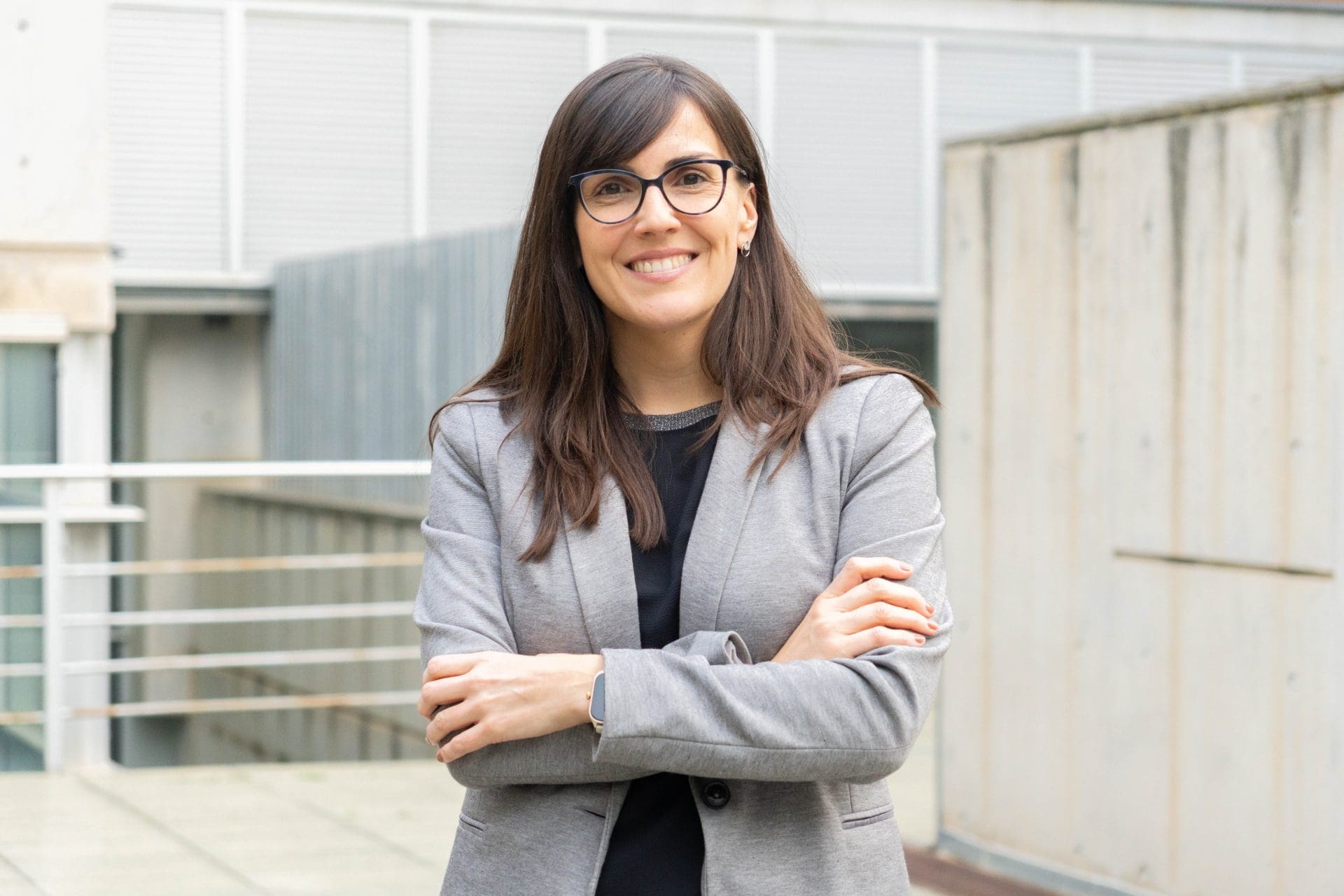The power of collaboration
19th January 2022 – Creating innovative solutions is no easy task. The researchers from the Light4Lungs project are working to develop a novel inhalable photodynamic therapy, an alternative to the current therapeutic schemes for the treatment of bacterial lung infections. To achieve this ambitious goal, the Light4Lungs consortium is highly interdisciplinary and synergetic, bringing together eight partners that combine different scientific areas. Luckily, the scientists are working shoulder to shoulder to overcome the challenges that multidisciplinary research brings forth.
The researchers from ICIQ’s Palomares group were sending the light-emitting particles to the Laboratoire Jean Perrin (LJP) at the Sorbonne’s University Pierre et Marie Curie where Prof. Nelly Henry and postdoctoral researcher Dr. Nidia Maldonado are taking care of the in vitro biofilm-related studies for the Light4Lungs project, but they weren’t able to reproduce the results achieved at ICIQ. So, the scientists decided to meet in person to find out what was going on.
The two-day visit of the Universita degli Studi di Firenze (UNIFI) scientists and ICIQ researchers Dr. Maria Méndez, Dr. Eugenia Martínez and Santi Gené to their collaborators in Paris proved to be extremely useful, as the scientists were able to find solutions to their research challenges, learn from each other and make lots of interesting discussion. “It was a win-win situation,” says Dr. Maria Méndez, postdoctoral researcher in the Palomares group.
The first thing to address was the reproducibility issue when measuring the emission and the persistent light of the particles. After reviewing the protocol, the researchers discovered that their colleagues “had slightly different materials, which was causing the trouble”. Once this was tackled, the scientists discovered that the optimized particles prepared by the ICIQ team have the potential to absorb more light than was previously thought.
“We thought the particles had absorbed all the energy they could, in other words, were saturated. But now we’ve realized that this isn’t the case. Thanks to the UV-LED our collaborators bought, we saw that the particles have the potential to absorb more light. Now, we should do more emission measurements with the new LED device, as we can get both longer emission times and a more intense emission,” explains Dr. Méndez.
Watch the video of the light-emitting particles:
Related news

Let's create a brighter future
Join our team to work with renowned researchers, tackle groundbreaking
projects and contribute to meaningful scientific advancements







 27-03-2025
27-03-2025 















